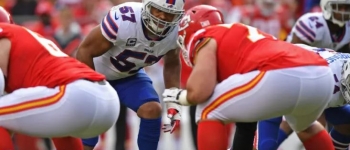How to Bet NFL Parlays
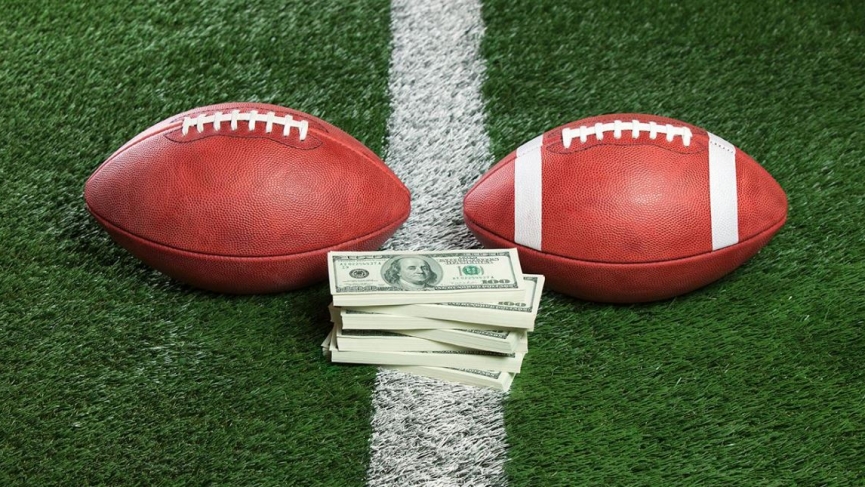
NFL Parlays – How to Bet the Odds: It hasn’t been an ordinary campaign for NFL bettors, as what were once reliable trends and ‘go-to’ betting angles have fallen by the waist side and tossed out the proverbial window. At the same time, bookies and gamblers alike try to adjust to the ever-changing circumstances in the realm of modern professional football betting.
For beginner bettors, this is a tough time to be getting into the know-how, the ins and outs, and the dos and don’ts for wagering on the NFL. This past year has not been very kind to the casual gambler, as tilted lines and priced out markets have taken a whole lot of the value out of some of the most traditional and reliable betting angles.
For instance, the NFL parlay has been a tough one to manage this season, and we’re here to give you the lowdown on what to look for when betting these accumulator wagers over the next few weeks of the NFL season and into the post-season. Let’s take a look at a few golden rules for betting parlays in the modern NFL.
Beginner’s Guide to NFL Parlays
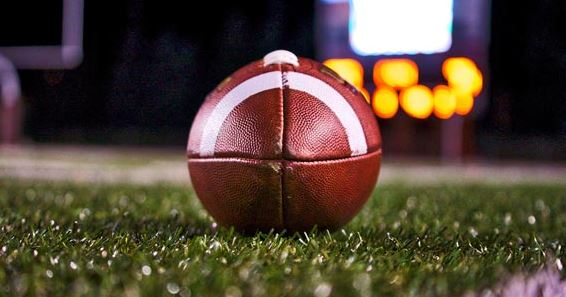 Traditionally, NFL bettors who dabble in parlays are labeled as ‘recreational’ players. This is mostly due to the slight advantage the house is getting when you combine two or more bets into a parlay. Let’s back up a bit. For those who don’t know what a parlay is.
Traditionally, NFL bettors who dabble in parlays are labeled as ‘recreational’ players. This is mostly due to the slight advantage the house is getting when you combine two or more bets into a parlay. Let’s back up a bit. For those who don’t know what a parlay is.
A parlay, otherwise known as an accumulator, combo bet, or ‘multi,’ is a single bet that ties together two or more individual bets that are all dependent on each one winning as a whole. The overall benefit of a parlay is that the payouts are much higher, as the odds reflect the lower percentage of probability that all bets will win. The way a parlay works is that if one bet loses, the entire wager is a loss. If one bet ends as a draw or is graded as a ‘push,’ the parlay is reduced to the appropriate odds, had the wager that ‘pushed’ had not been included.
Calculating a True Odds Parlay:
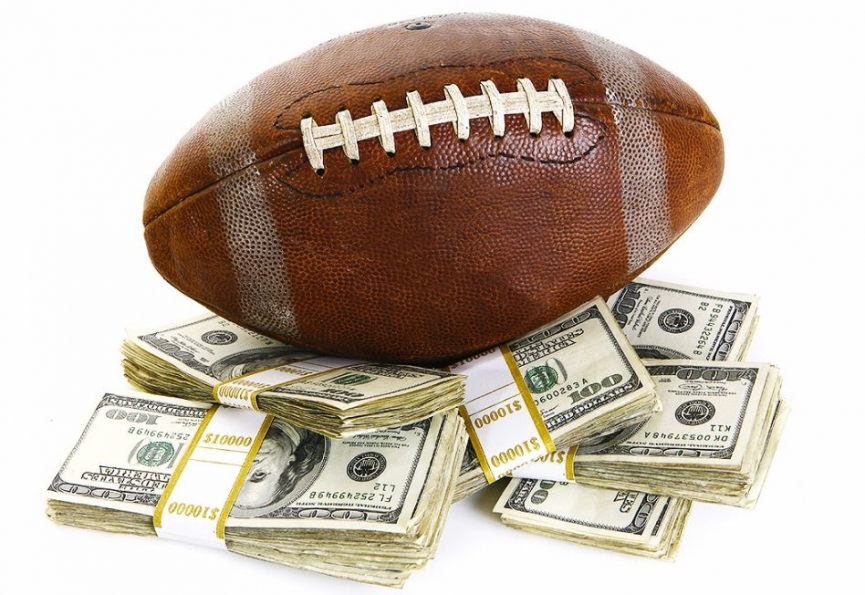 The best way to calculate the payout for a parlay is by using ‘true odds’ and ‘implied probability.’ If the Buffalo Bills were -260 favorites, and you decided to parlay them with the Arizona Cardinals at -350, here is how you would calculate the wager.
The best way to calculate the payout for a parlay is by using ‘true odds’ and ‘implied probability.’ If the Buffalo Bills were -260 favorites, and you decided to parlay them with the Arizona Cardinals at -350, here is how you would calculate the wager.
Buffalo at -260 has an implied probability of a 72% chance of winning, while Arizona at -350 has an implied probability of 77.8%. The way you would calculate a standard payout would be by multiplying each probability percentages. IE: (Buffalo 0.72 x Arizona 0.778 = 0.56, which equals 56%, or by American standard odds: -127.
Now, this is where the dastardly bookies will get you. The odds for a 56% parlay should be -127 or better, but a standard parlay of two’ moneylines at -260 and -350, without any , ‘parlay bonus,’ will only pay out between -133 to -145. What does that mean ?? It means that a $100 bettor should be getting a $79 return on a parlay of two teams at -260 and -350, based on the true odds and implied probability. The only problem is that most sportsbooks that offer no ‘parlay bonus’ would only pay about a $74 return on a $100 parlay bet of this kind.
You may be saying ‘it’s only $5’, but imagine losing that $5 every single time you made that kind of bet ?? Imagine the difference that 2% makes when you’re calculating the win percentage needed to break even over an entire season. This is the crux of what makes parlay bets such a ‘faux-pas’ play for professionals and why they are known to be what keeps the bookies in business generally. It is vital to shop around and find the best sportsbook that is accessible to you. If you plan to bet parlays, make sure to use a betting site or sportsbook that gives a lucrative and competitive parlay bonus. Otherwise, you’re paying the bookie’s bills, whether you win or lose.
Punting for Parlays
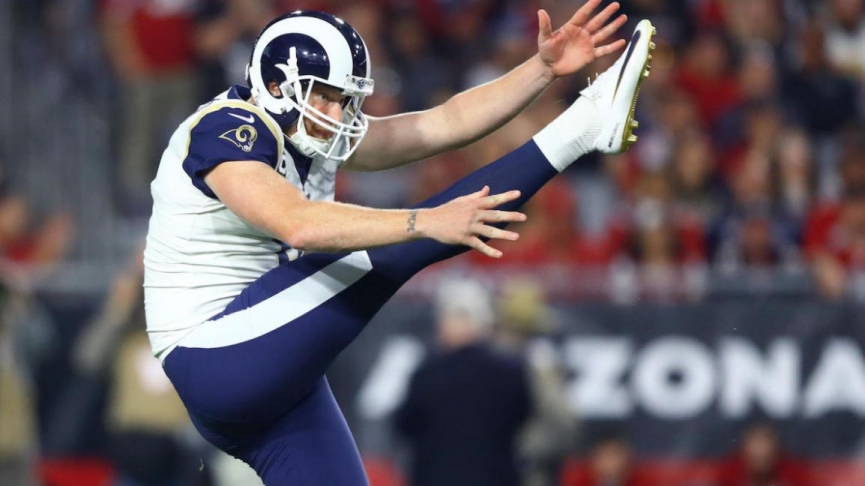 Another reason why parlays are so lucrative for sportsbooks is that some bettors will ‘punt’ for the biggest return they can get for the smallest stakes imaginable. The majority of recreational players are looking for that big score, including betting 4 or 5 leg parlays. There are a number of crucial mistakes that ‘punters’ make when putting together their parlay cards, and it starts with risk management and understanding market value.
Another reason why parlays are so lucrative for sportsbooks is that some bettors will ‘punt’ for the biggest return they can get for the smallest stakes imaginable. The majority of recreational players are looking for that big score, including betting 4 or 5 leg parlays. There are a number of crucial mistakes that ‘punters’ make when putting together their parlay cards, and it starts with risk management and understanding market value.
For example. If the LA Rams are -310 favorites against the Jets on Sunday morning, and you could have gotten the Rams at -275 earlier in the week, it doesn’t mean that pairing them with the Raiders at -175 makes it a good bet. Based on implied probability, you’re taking a team at a price that reflects a 75% chance to win when the real probability is closer to 70%. Not to mention the fact that you’re now adding in another leg, which makes your bet even less profitable long term. By adding that other leg to a -310 Rams ticket, you’re making a bet with a 75% implied chance of winning and reducing those chances by almost half. Needless to say, the odds are most definitely stacked against you when improperly playing parlays.
The golden rule of thumb for parlays to have long term success is that any bet you put into a parlay should be a wager you would feel comfortable betting on its own. Adding in a priced-out favorite, just to get your parlay odds to even-money, will ultimately sink your ship and your bankroll in the long run. That brings us to our next point of contention, which is +EV betting.
+EV Parlay Betting
 +EV or ‘positive expected value’ is one of the most essential terms in sports betting and gambling as a whole. The key to becoming a profitable bettor long term is understanding the key components of what makes a ‘+EV’ bet. The root of it comes down to some intricate math, mostly involving ‘common distribution.’ To put it into layman’s terms, +EV is the measure of the value returned on a wager, regardless of the outcome.
+EV or ‘positive expected value’ is one of the most essential terms in sports betting and gambling as a whole. The key to becoming a profitable bettor long term is understanding the key components of what makes a ‘+EV’ bet. The root of it comes down to some intricate math, mostly involving ‘common distribution.’ To put it into layman’s terms, +EV is the measure of the value returned on a wager, regardless of the outcome.
For instance, a $100 bettor who has wagered against the San Francisco 49ers in every game this past season, by betting on their opponent on the moneyline, profited +$705 total, with a 10-7 betting record. What makes this a +EV betting angle is that regardless of the outcome, the wager has returned +$41 per game, win or lose. The profited from the seven wins can be distributed across the entire season to cover the five losses. This is a +EV betting angle.
On the flip side, if a $100 bettor backed the Baltimore Ravens in every game this season, they have lost a total of -$178, even though they have won 11 of their 16 bets. When distributing the return across all 16 bets, the bettor will have lost -$11 per game, whether the bet won or lost. This is a -EV betting angle.
Long Term Profit: Probability Distribution
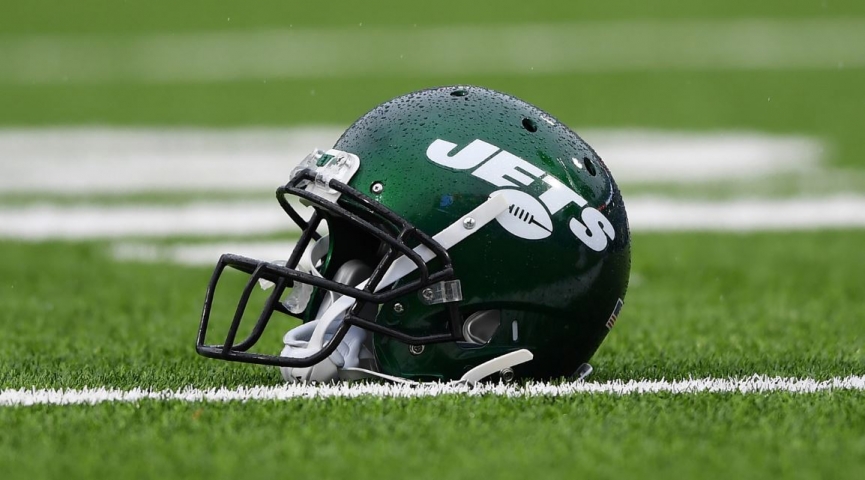 To break it down to the most basic terms. If you bet the New York Jets for four weeks straight, with each week, the Jets are hypothetically lined at +310 or higher on the moneyline. Based on profit distribution, if you wagered the same stake ($100) on each game, you would only need to win 1 of those four games to turn a profit. As the $100 wager would return $310, and even if the Jets lost the remaining three games, you would still profit +$10. A net profit of +$2.50 per game, win or lose.
To break it down to the most basic terms. If you bet the New York Jets for four weeks straight, with each week, the Jets are hypothetically lined at +310 or higher on the moneyline. Based on profit distribution, if you wagered the same stake ($100) on each game, you would only need to win 1 of those four games to turn a profit. As the $100 wager would return $310, and even if the Jets lost the remaining three games, you would still profit +$10. A net profit of +$2.50 per game, win or lose.
The best way to identify these +EV betting angles is to understand implied probability and what the line should be versus where the market has it set. Once you grasp that key element, one can begin to understand why a bettor would be more inclined to bet solely on numbers rather than teams. At the end of the day, betting a heavy long-shot underdog will always have more value than betting a parlay card full of strong favorites. Simply because the true odds will never be in your favor on a parlay card, while they will almost always be in your favor on a long-shot dog.
This highlights another golden rule of sports wagering. The smartest bet a +EV bettor can make is the one that would return a profit over a long period of time, regardless of any individual outcome.
Most Probable Moneyline Bets this Season:
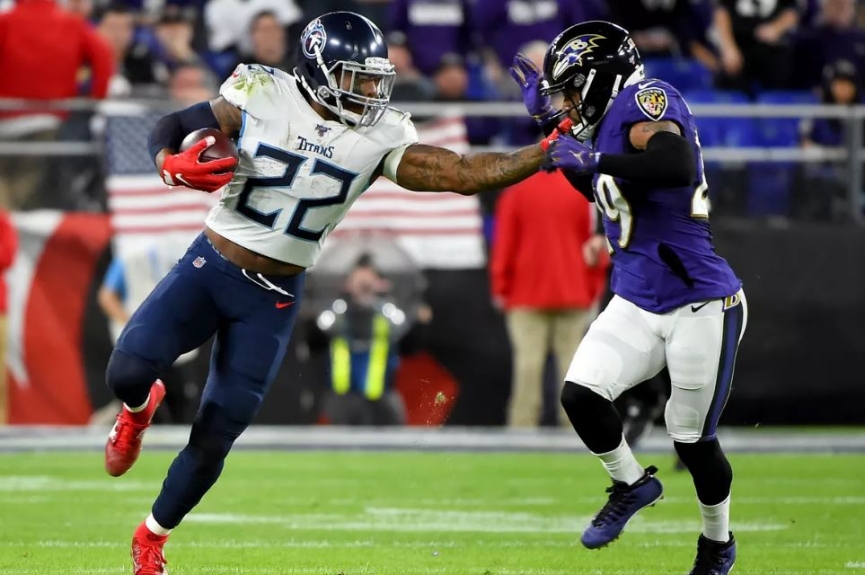
The difference between this year and last from an NFL betting perspective can be displayed in a number of different ways. Still, the most telling has been the difference in outcomes on the moneyline throughout the season. In 2019, the road underdog won 61 of 166 games, a 36.7% win percentage. A $100 bettor who wagered on the road dog in every game last season profited +$1687 in 2019; that’s a net profit of +$10 per game, regardless of the outcome. That’s a sure thing, +EV angle to say the least. The road dog was incredibly undervalued in 2019, with an ATS record of 91-66-9, a 54.8% win percentage for 16 units profit.
Now fast forward to 2021, after an entire regular season; the road underdog hit at a 55% rate on the ATS line (82-67) and won 50 of 146 games outright (34%).
For obvious reasons, road teams and road underdogs have been lined at far more conservative prices in this past year’s regular season. Whether it be because of the absence of a crowd, thus the lack of a home-field advantage, or simply because of the amount of volatility associated with roster uncertainties from week to week. The fact remains, the road underdog is cashing at almost the same rate as last year but is profiting far less per game. In fact, the value has been sucked out of this angle so much that it is no longer considered a +EV bet, by definition.
NFL Parlay Pricing
| NFL ML Trends | Wins % | Record | Buy Price |
| Road Favorites | 70% | 78-34 | -233 |
| Favorites | 67% | 176-84-1 | -203 |
| Home Favorites | 65% | 98-51-1 | -186 |
- Updated 1/12/21
The most probable ‘big picture’ moneyline trend this past year has been the road favorite. Since the start of the 2020 season, the road favorite wet 78-34, a 70% winning record, but just a small profit of +3.92 units. This is in stark contrast to last season, where the road underdog, at this point, was finishing the season with +16 units profit on the moneyline.
What’s key about this trend is that at a 70% win percentage, in theory, any road favorite at a price of -233 or better would have been a +EV bet to make in 2020. At 70%, and with a 78-34 straight-up betting record, the road favorite has been priced almost perfectly over the course of the season.
The next most probable outcome this past year on the moneyline is the outright favorite, sitting at 176-84-1 for a loss of -8.57 units. At a 67% win percentage, the favorite is being lined by an average of about 65 cents higher, per game, than the implied probability line of –203.
What that means is that a 67% record should return atleast a very slight marginal profit. Yet, the buy-price of -203 on the outright favorite is being pushed closer to an average price of -260, which is why you have such a high percentage trend, failing to turn a profit.
When you break it all down, the simple fact is that the road dog has lost almost all of its value this season, while the home favorite continues to be overpriced. The sad reality for ‘punters’ is that the parlay market is priced out this season. You’re going to be much better off with single-game wagers this season unless you stick to a disciplined set of rules for how you build your parlays.
NFL Parlay Picks:
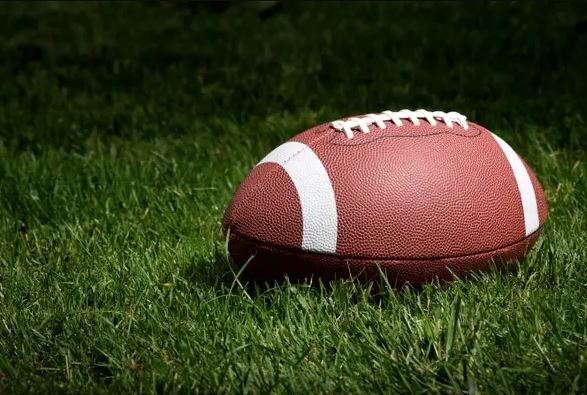 NFL Divisional Playoffs: We have been tracking the teams with the most value for parlay pieces throughout the entire NFL season, but the playoffs are very different. When tracking historical NFL playoff trends, you come to find out that unlike the Wild Card round, the home team, and the favorite have won and covered, with the home favorites going 11-7-1 ATS in the NFL divisional round, going back to 2016, while the home team has covered 8 of the last 12 divisional playoff games.
NFL Divisional Playoffs: We have been tracking the teams with the most value for parlay pieces throughout the entire NFL season, but the playoffs are very different. When tracking historical NFL playoff trends, you come to find out that unlike the Wild Card round, the home team, and the favorite have won and covered, with the home favorites going 11-7-1 ATS in the NFL divisional round, going back to 2016, while the home team has covered 8 of the last 12 divisional playoff games.
However, this NFL post-season will be unlike any other, while the basis of these historical trends was built on the previous playoff format where two teams in each conference were given a bye, while this year only one team was given a bye. With that in mind, if you’re betting chalk this weekend, buyer beware.
The outright favorite has won at a 67% rate this season, and at a buy price of -203 or better, there are two favorites on the betting board this weekend that fit the description. The Bills are -133 home favorites to the Baltimore Ravens, who are +112 dogs in the first of two AFC divisional playoff games, while the Saints top off the weekend as -167 chalk favorites to Tom Brady and the Tampa Bay Buccanneers.
A parlay bet with the Bills and Saints would pay out +177 (via Bet365). However, considering the price you are getting Buffalo at, you are much better off wagering on the Bills in a solo bet than you are tying it with the Saints, but if you must, those are the two teams worth parlaying for this weekend’s NFL playoff action.
Remember, the best parlay pick is one you would make on its own. Use these tips and tools wisely, and don’t forget to browse your favorite betting sites for the best parlay bonus offers available. Until next week, have fun, and stay profitable.
FAQ: Parlays
What is a parlay?
A parlay (also known as an accumulator, combo bet, or multi) is a bet that links two wagers and is dependent on all wagers involved winning in order for the entire bet to cash.
